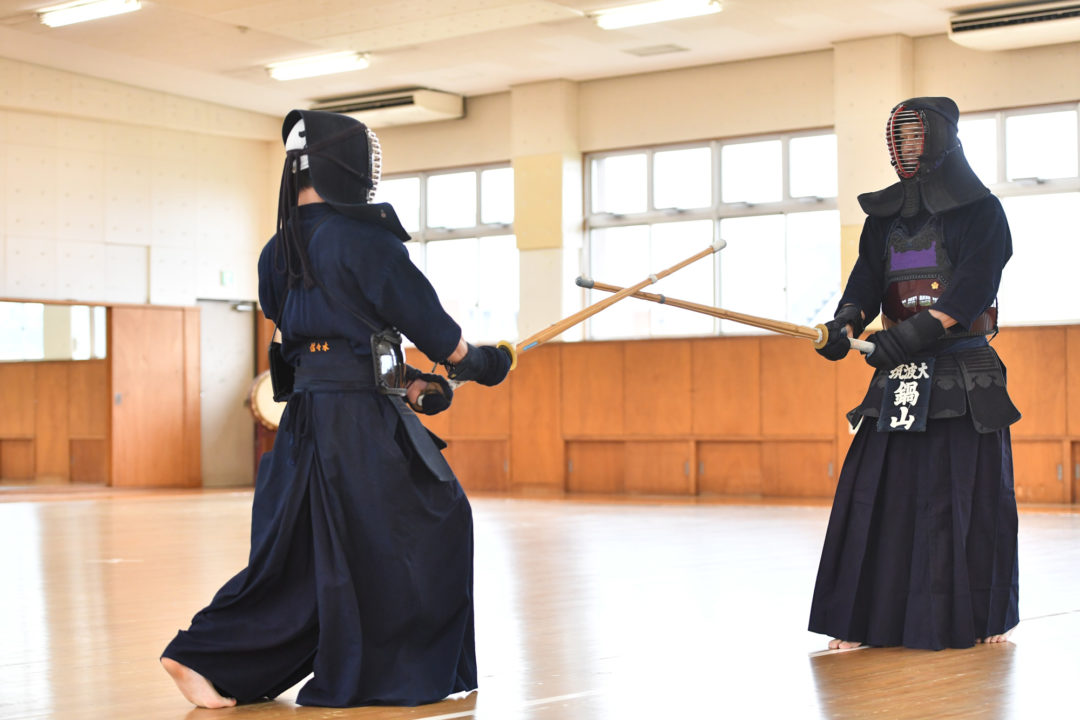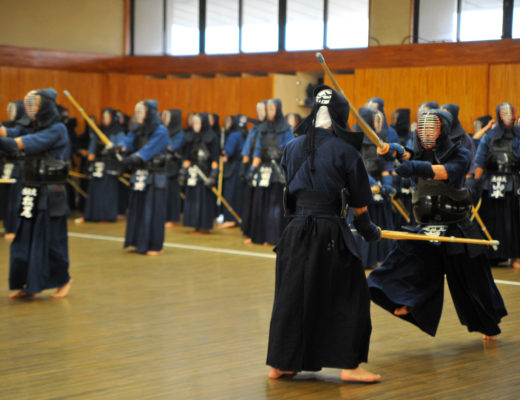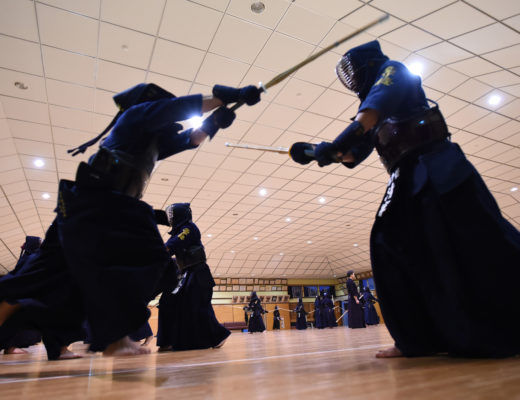2019.1 KENDOJIDAI
Nabeyama Sensei teaches Kendo at Tsukuba University to students who have no prior Kendo experience. In order to make Kendo more appealing in the limited time available to them, he continues to devise and research ways to teach them the basics of Kendo. In order to make the students understand the movements of Kendo, it is important to make them visualize these movements.
Understanding the movements of the body leads to mastering the basics, and this leads to the development of more advanced movements. This is how to acquire the basics of Kendo.
Nabeyama Takahiro, Kyoshi 8th Dan
Born in 1969 in Fukuoka prefecture. Started Kendo at Imajuku Kendo club, graduated from PL Gakuen High School and then Tsukuba University. In his student days, he attained brilliant achievements such as 1st place in Inter-High Individual & Team competition and All Japan Student Team championship. After graduating from university, he took the path of researcher through the graduate school of the same university. Participated multiple times in the All Japan Kendo Championships, twice in the WKC and took the title in the All Japan Teachers’ Championships. Currently, Nabeyama is associate professor of physical education at the Tsukuba University and men’s coach of the Tsukuba University Kendo Club.
Contents
- Kamae
- Footwork
- Fumikiri and Fumikomi
- Kikentai Ichi
- Uchikomi
Kamae
I often teach Kendo to general students who do not specialize in physical education. I think about how to convey information to students who have never experienced Kendo to help them understand better and this helps my own Kendo as well.
We start with the Kamae. We are taught that the grip of the Shinai should be performed with the little, ring and middle fingers; the thumb and forefinger should be held lightly. We use our thumbs and index fingers in our daily life quite often. Therefore, it’s not easy for the students to focus on their little, ring and middle fingers to grip the Shinai, so I start by teaching them this.
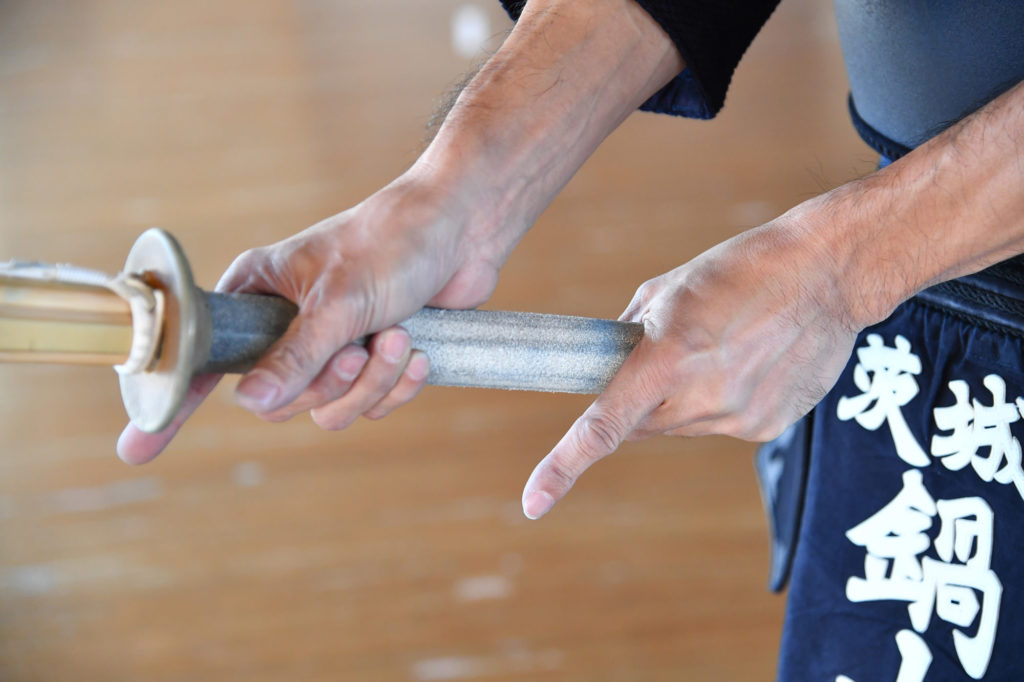
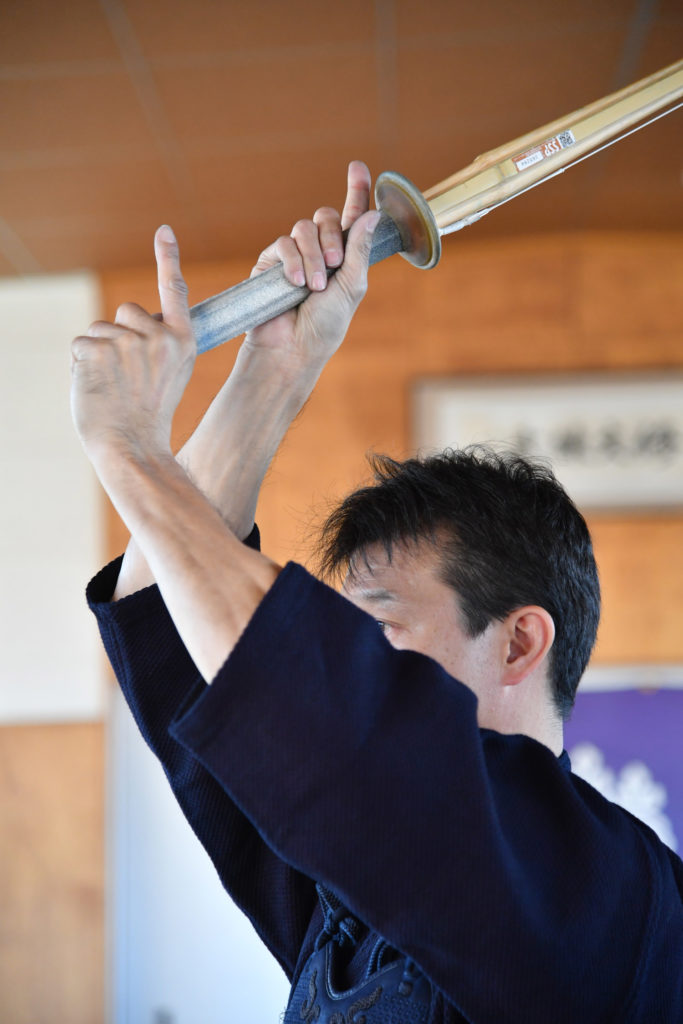
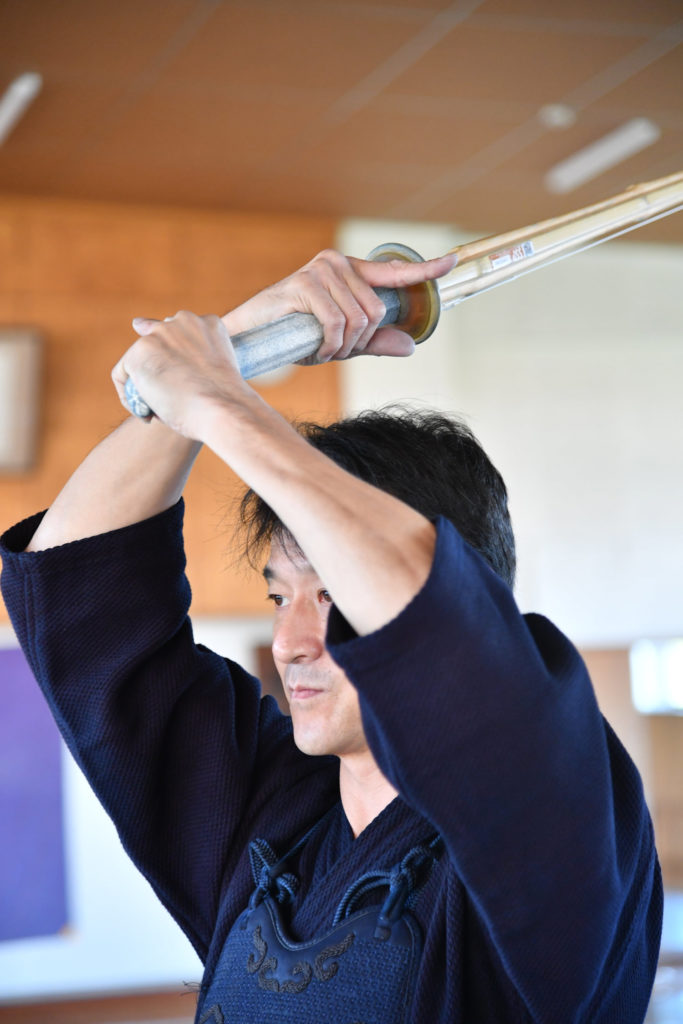
By having the little, ring and middle fingers alone grip the Shinai, I make them realise you can use the muscles on the inside of the forearm to strike. If you swing the Shinai without strength in the thumb and forefinger of both hands, there is no excess strength in your arms.
When beginners are confronted with an opponent, they tend to get tense. Especially when the Maai is close they will want to strike and not want to get struck. Consequently, the thumb and the index fingers of both hands will tighten up excessively.
Performing a technique from such a state will not result in a sharp strike. Therefore, I help the student learn to grip with the little, ring and middle fingers.
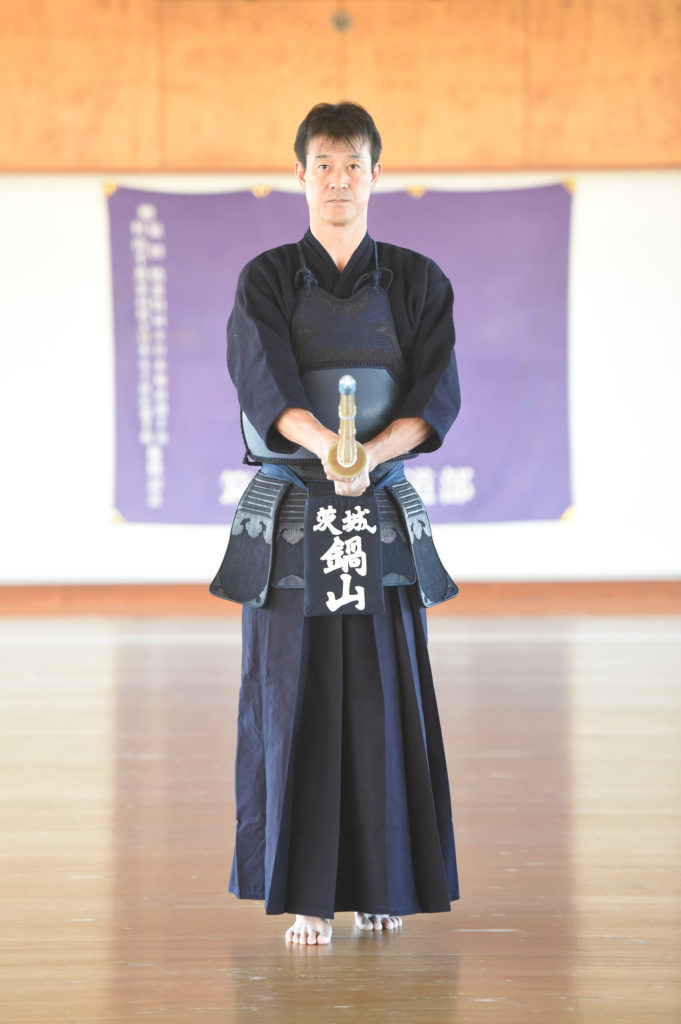
The rest of this article is only available for Kendo Jidai International subscribers!

